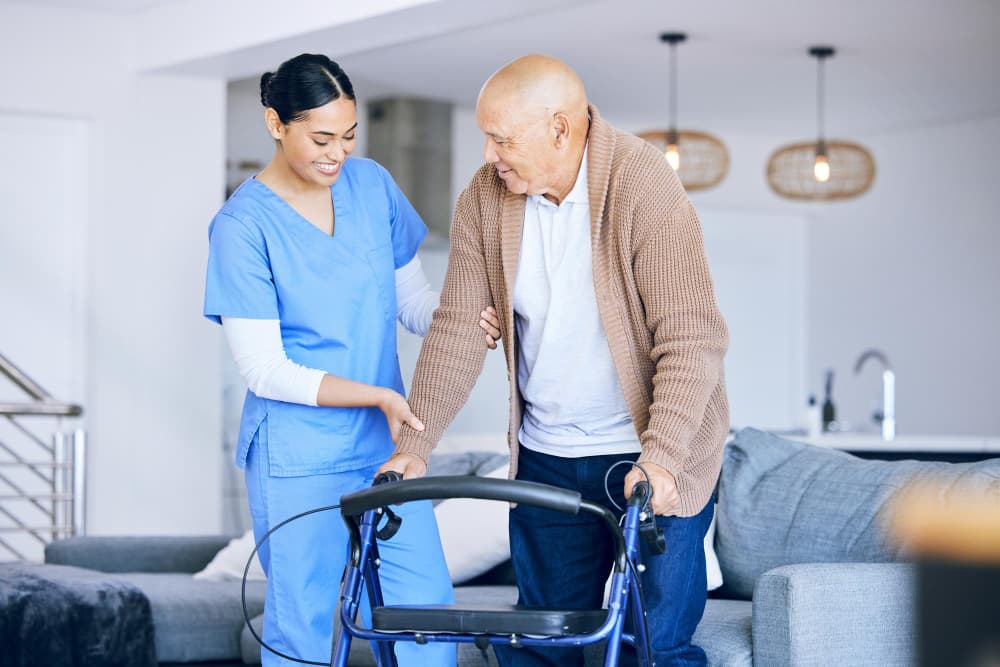External Fixation
External fixation is a surgical method crucial for stabilizing fractured bones and promoting effective healing. The procedure utilizes screws, pins, and external rods to create a framework that supports bones in the correct position during the recovery process. Postoperative care involves vigilant monitoring for complications, effective pain management, and the initiation of rehabilitation to restore optimal function. Follow-up appointments and imaging studies are integral to assess long-term outcomes and ensure the success of external fixation. Open communication with healthcare providers remains essential for addressing concerns and tailoring the rehabilitation plan to the patient's specific needs. External fixation is particularly beneficial in cases where traditional casting or internal fixation may not be suitable. This may include situations where there is significant soft tissue damage, open fractures, or the need for continuous access to the injured area for wound care.

Before Procedure
Prior to external fixation, a comprehensive assessment of the fracture is conducted, involving diagnostic imaging studies and a review of the patient's medical history. The decision for external fixation considers the type, location, and severity of the fracture. Preoperative considerations may include blood tests, anesthesia consultations, and discussions about potential risks and benefits.
- Diagnostic Evaluations: Conduct imaging studies (X-rays, CT scans) to precisely understand the nature and extent of the fracture.
- Patient Evaluation: Assess the patient's overall health and medical history to determine the suitability for external fixation.
- Preoperative Planning: Plan the surgical approach, selecting appropriate external fixation devices and determining the optimal method for stabilization.
During External Fixation
External fixation involves the meticulous placement of screws, pins, and external rods to stabilize fractured or dislocated bone fragments. This procedure is conducted under anesthesia to ensure patient comfort, aiming to promote bone healing by preventing movement and facilitating alignment. The strategic placement of external fixation devices enhances structural support during the healing process. The meticulous nature of external fixation underscores its significance in fostering optimal recovery, emphasizing both patient comfort and the integrity of bone structures.
- Incision and Exposure: Make a surgical incision to access the fractured bone, ensuring proper exposure for the placement of external fixation devices.
- Device Placement: Securely attach external rods, screws, or pins to stabilize the fractured bone fragments and restore alignment.
- Wound Closure: Close the incision with sutures or staples, promoting proper healing and minimizing infection risk.
After Procedure
Postoperative care following external fixation prioritizes vigilant monitoring for complications, effective pain management, and the initiation of rehabilitation to restore functionality. Continuous observation ensures prompt identification of any adverse signs, while effective pain control enhances comfort. Rehabilitation initiation aims at restoring optimal function. This comprehensive approach promotes a smoother recovery, emphasizing individualized care and fostering optimal outcomes.
- Recovery Monitoring: Monitor the patient for postoperative complications, including infection, swelling, or changes in sensation.
- Pain Management: Administer pain relief measures to ensure patient comfort during the initial recovery period.
- Immobilization and Support: Implement techniques such as casting or bracing to provide additional support to the stabilized area.
Rehabilitation and Follow-up
Rehabilitation and Beyond: Rehabilitation post-external fixation is vital to restoring optimal function and preventing stiffness or weakness. It involves a tailored exercise regimen focusing on flexibility, strength, and range of motion. Regular follow-ups ensure progress, addressing any concerns for comprehensive recovery.
- Physical Therapy: Engage in physical therapy to gradually restore range of motion, strength, and flexibility.
- Follow-up Appointments: Attend regular follow-up appointments to assess healing progress, monitor external fixation stability, and address any concerns.
- Imaging Follow-up: Undergo periodic imaging studies to evaluate bone healing and the integrity of the external fixation devices.